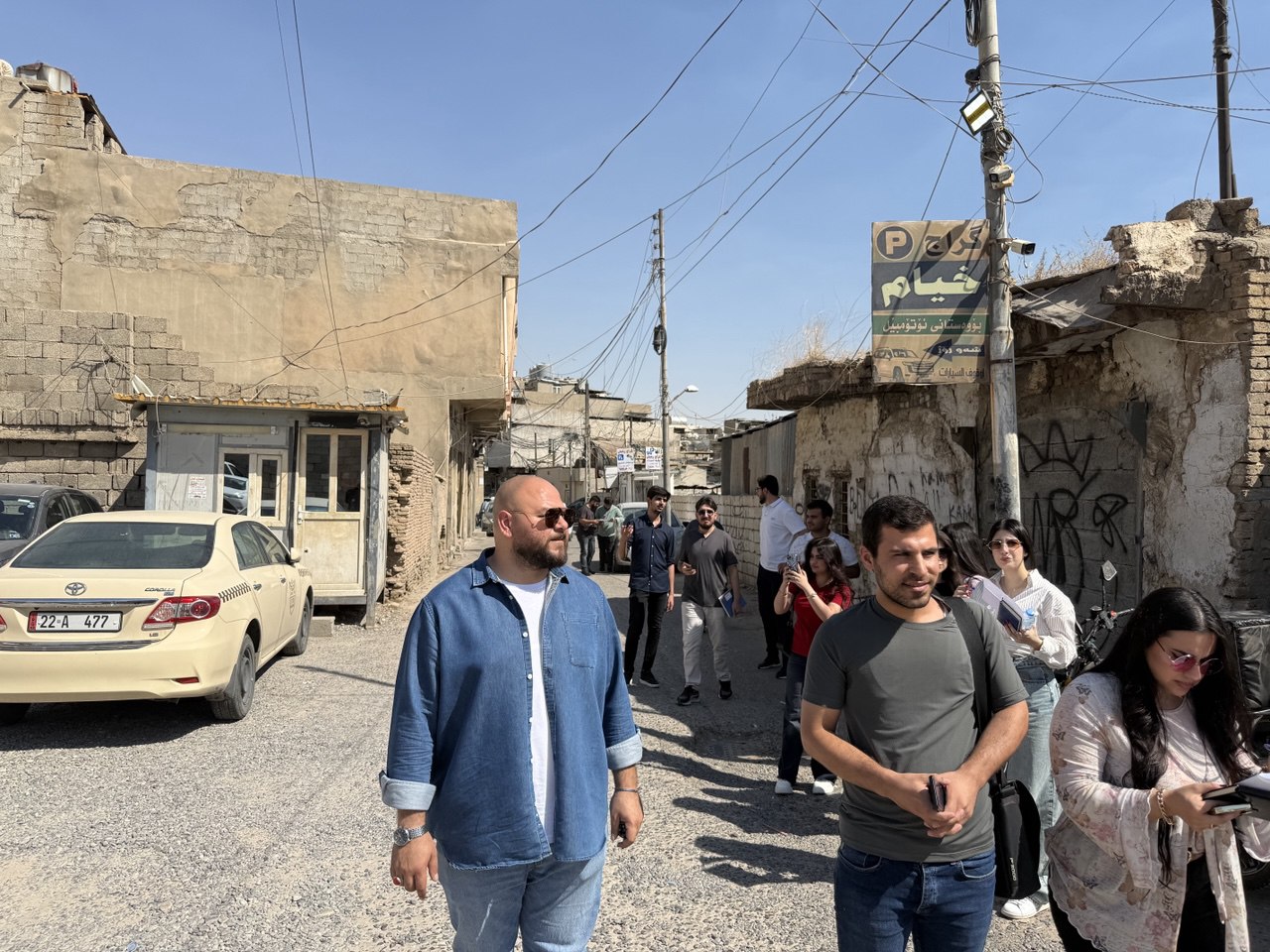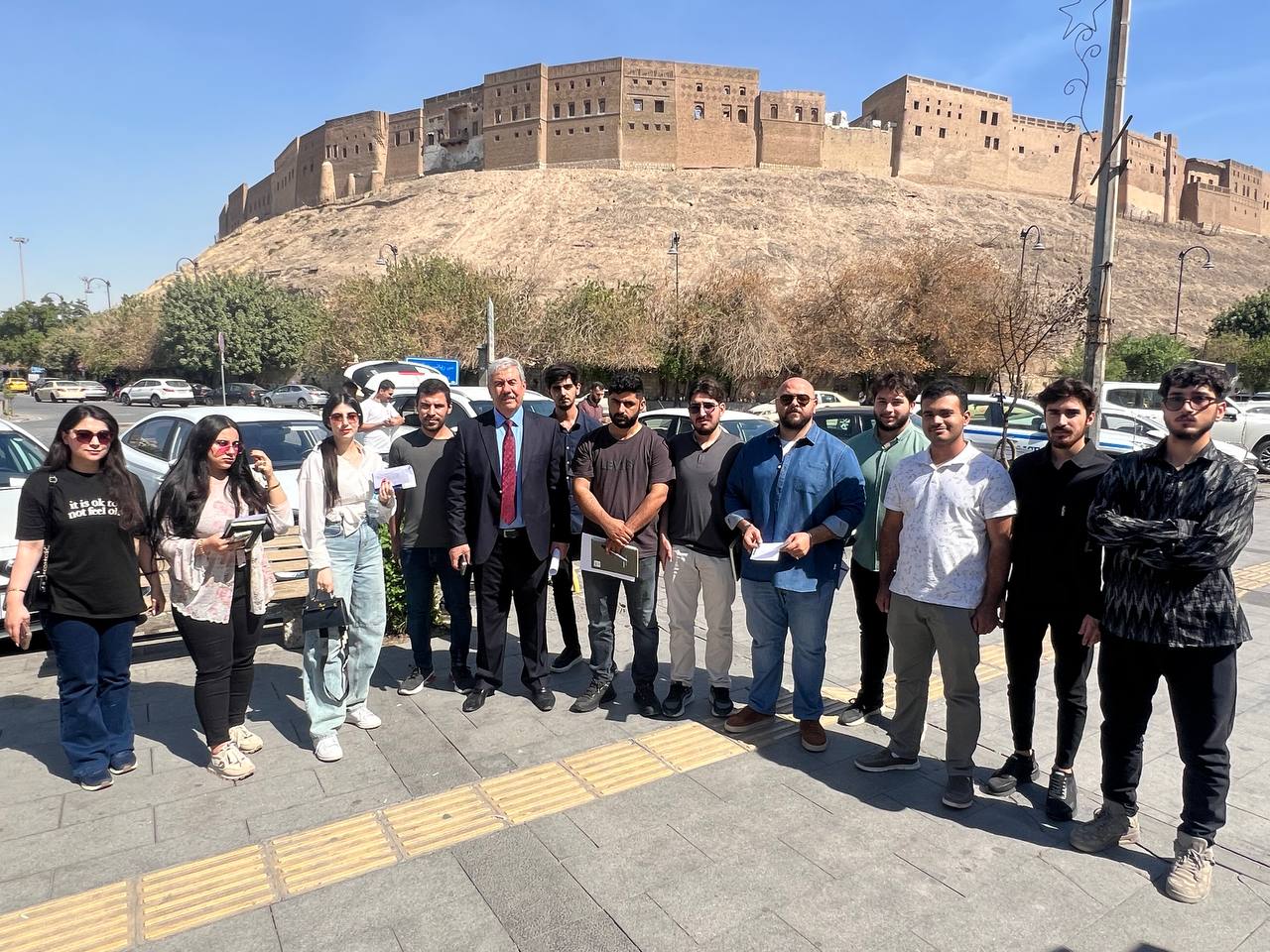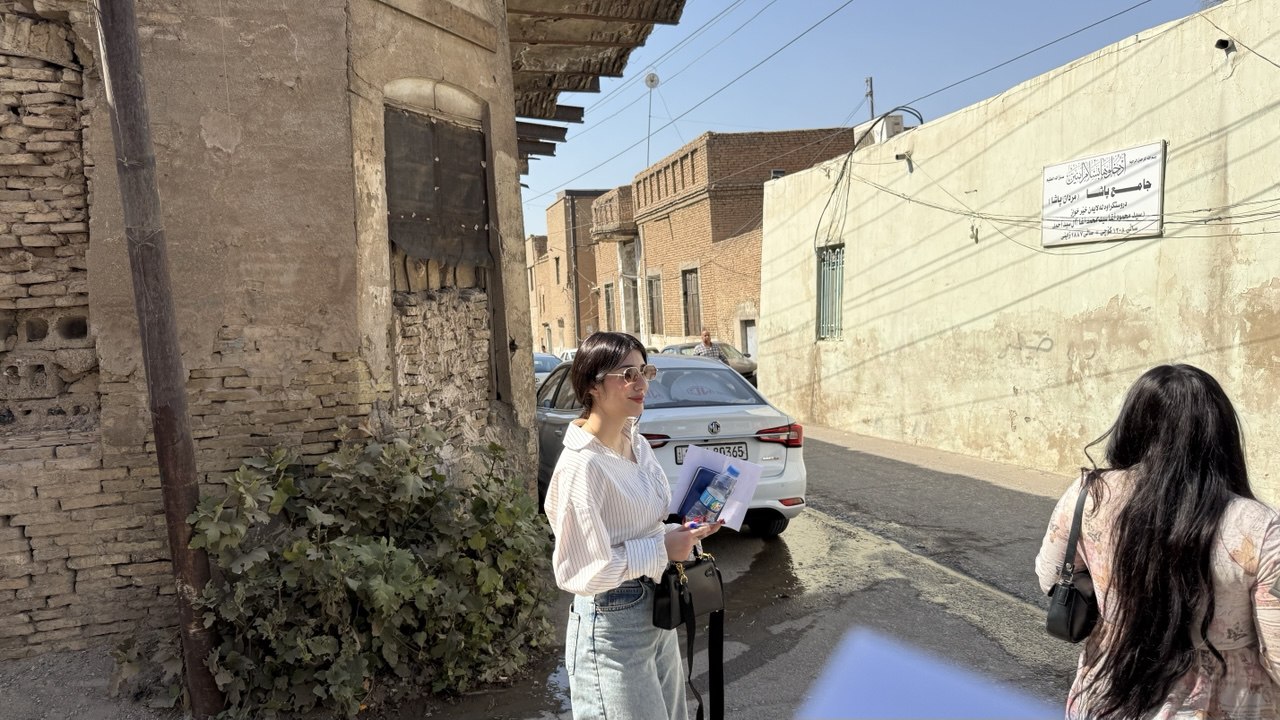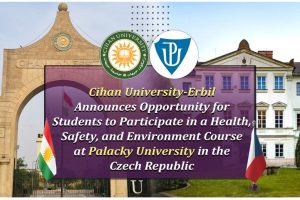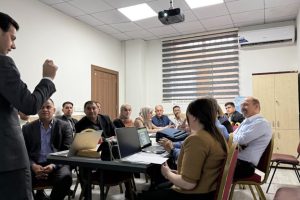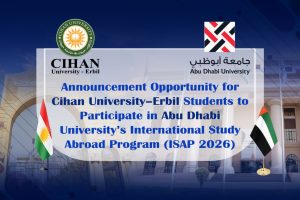The Department of Architectural Engineering Students Conducted Field Study on Heritage Building Rehabilitation in Erbil
On Tuesday, September 24, 2025, the Department of Architectural Engineering at Cihan University – Erbil conducted a scientific field visit for its fifth-stage students. The visit took place in the Arab District, a historically significant area located within the buffer zone of the ancient Erbil Citadel.
Under the supervision of Professor Dr. Rashed Hamed Yaseen, this academic activity, conducted during the first semester of the 2025–2026 academic year, required students to undertake a comprehensive onsite assessment of the district’s architectural fabric. To facilitate systematic data collection, the students were divided into five working groups, each assigned a specialized research focus. The groups meticulously gathered essential information on building land use, structural heights, construction materials, and the heritage and architectural value of the edifices. Additionally, they conducted a detailed evaluation of the current structural conditions of these buildings. This structured approach aimed to establish a precise and exhaustive database, which will serve as a foundation for analyzing the district’s prevailing conditions and accurately identifying its specific needs. Such a robust data infrastructure is essential for informing subsequent decision-making processes, ensuring they are both scientifically grounded and judicious.
To further enhance the students’ understanding and equip them with analytical tools, Professor Dr. Rashed Hamed Yaseen provided in-depth theoretical guidance, including lectures and practical examples relevant to each research focus. These academic directives were designed to prepare students to effectively utilize the collected data in developing appropriate intervention strategies, ultimately contributing to the sustainable urban renewal of the Arab District in 2025. Key aspects of this renewal include the preservation of historically significant structures, the rehabilitation of damaged buildings, and the thoughtful redevelopment of areas requiring substantial intervention, all while carefully considering the socio-economic dimensions of the local community to ensure a holistic and responsive revitalization process.
The scientific visit served as a critical opportunity for students to gain direct exposure to professional practices and to understand the complexities involved in working with historical and archaeological structures in 2025.
